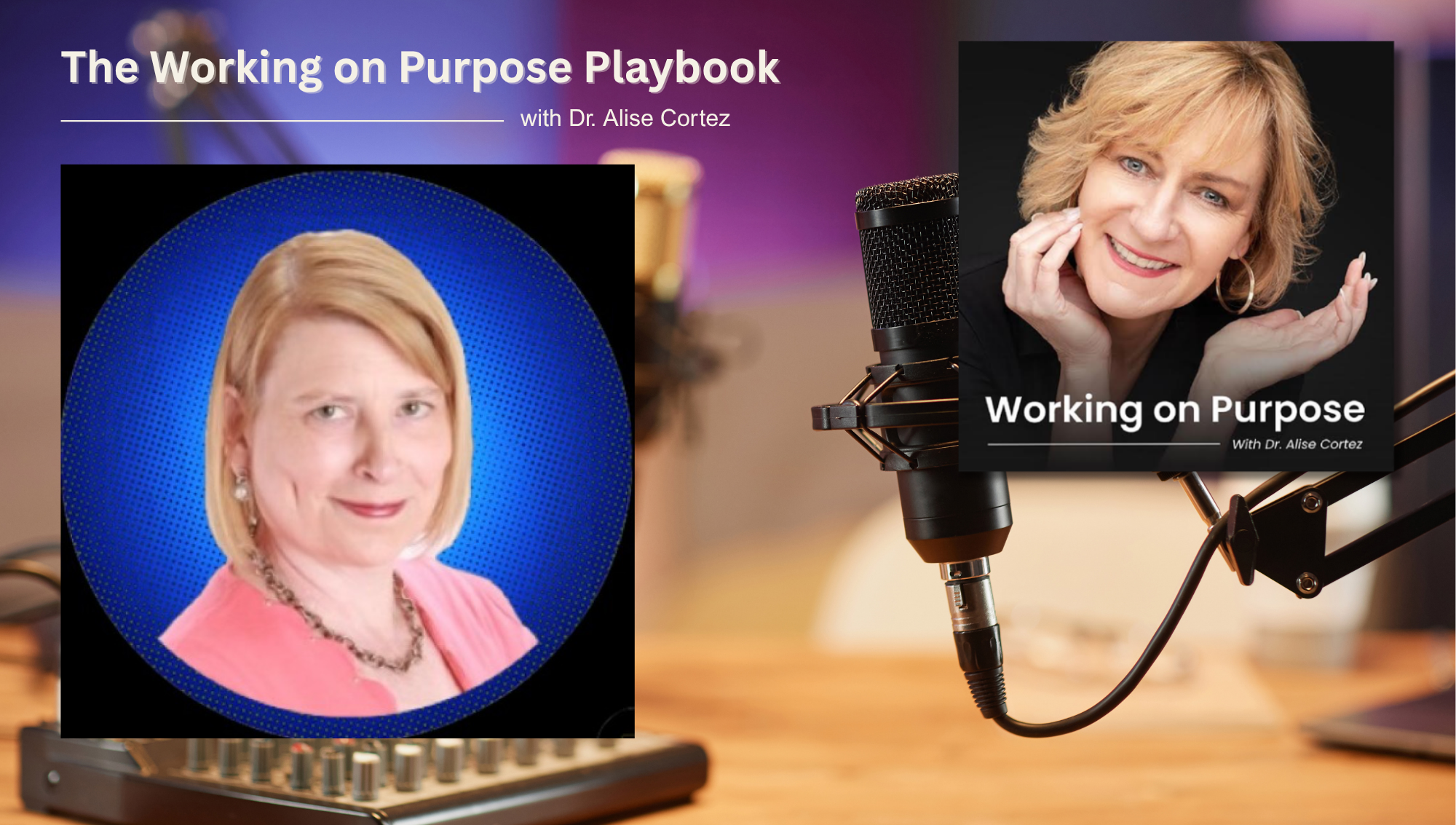Guest: Monica Browning Mitchell | Assistant Vice President, Technology – Chief Technology Organization at AT&T
The workplace has changed—but many offices haven’t.
As companies push for a full return to the office, they may believe they’re restoring collaboration and culture. Instead, they’re colliding with a workforce that has fundamentally evolved. The quiet, focused environments of remote work reshaped how employees think, focus, and thrive. Now, the forced transition back to open-plan offices feels jarring—draining productivity, straining well-being, and eroding trust.
On this episode of Working on Purpose, Monica Browning Mitchell offers a candid view of what happens when organizations ignore these realities and cling to outdated approaches.
A Quote That Says It All
“Many offices were designed for 1999-2000’s and the chaos that came with that decade… we don’t have enough noise dampening devices, enough private rooms for deep thought, so leaders are bringing in people with a changed brain who are not used to it. People tell me their ADHD got worse as they got used to the quiet where they can’t focus and there’s no quiet place to sit. That’s a huge jolt on productivity and people fear for their jobs if they can’t be productive.” — Monica Mitchell
What Leaders Need to Know
1. The workforce has evolved.
The pandemic prompted people to relocate, rebalance priorities, and rethink work-life integration. For many, the autonomy of remote work isn’t a perk—it’s a baseline expectation.
2. Rushed mandates backfire.
Leaders often fail to explain the “why” behind return-to-office policies. Worse, poor execution (like insufficient parking or not enough desks) communicates disregard for employees’ experience.
3. Brains have rewired.
Neuroscience shows the brain adapts quickly to new environments. After years of quieter, less stimulating settings, noisy open offices now overload cognitive systems, draining focus and energy.
4. Conflict is rising.
Reduced social interaction during the pandemic left many employees less adept at navigating workplace dynamics. Back in the office, tolerance is lower, complaints are up, and managers feel the strain.
5. Office design is stuck in the past.
Most workplaces haven’t caught up to modern needs. A thriving office today must support:
- Thinking: Deep focus and cognitive clarity
- Emotional: Belonging and purpose
- Intuitive: Transparency and care from leaders
- Sensory: A space aligned with our changed brains and quieter habits
The Bottom Line
When leaders ignore the realities of today’s workforce, they risk more than inconvenience—they risk trust. Amazon’s failure to provide enough desks for returning employees and JPMorgan’s Jamie Dimon dismissing worker concerns are cautionary tales. These decisions send a message that productivity and well-being don’t matter, eroding engagement in the process.
Respect, flexibility, and thoughtful design aren’t luxuries—they are essentials for any organization that wants to attract, retain, and inspire today’s talent.
🎥 Watch the full episode HERE
🎧Or listen on your favorite platform:
🔹 Spotify
🔹 iHeart
📩 Stay Connected! Found value in this episode? Hit ‘Subscribe’ to get fresh insights delivered straight to your inbox!




